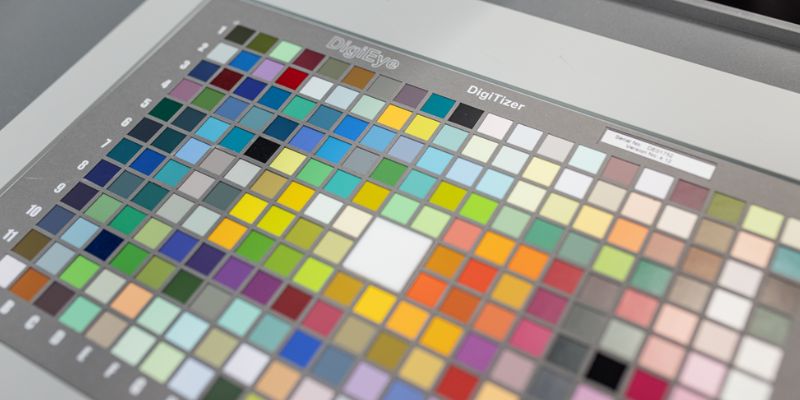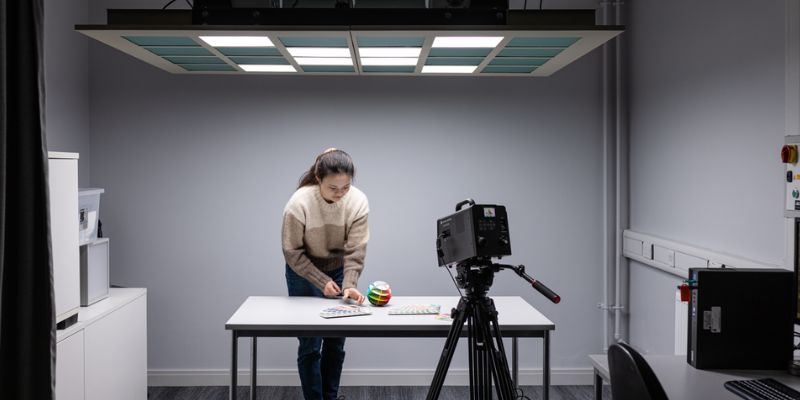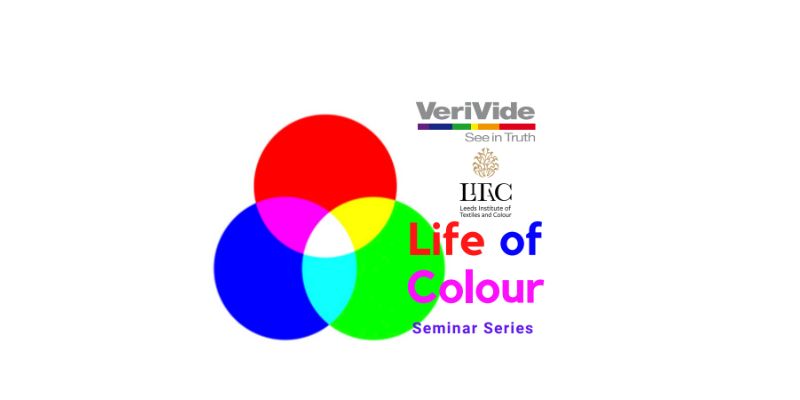Colour

Our research strengths in colour are focused on the disciplines of colour chemistry, colour physics and technology.
Colour chemistry
Colour chemistry focuses on the design, synthesis and evaluation of novel colorants and their applications across important, wide ranging scientific and technological fields.
This includes:
- development of green chemistry for application onto textiles and other fibrous materials
- novel photochromic and thermochromic molecules for anti-counterfeit applications
- novel dyes for the environmentally friendly coloration of textile fabrics
- biological colorants and their applications in photo-medical treatments
- functional organic dyes and their use in nano-technological products.
Research also includes development of novel chemistry for textile coloration and finishing, that helps to improve efficiency of processes and create novel effects finished fabrics. This work involves the development of:
- alternative dyeing and finishing processes
- dyeing and finishing of environmentally sustainable fibres
- sustainable methods of applying and removing dyes from textile materials
- dyeing of textiles with natural dyes
- fibre surface functionalisation, stain-resistant and other functional finishes
- ink formulation for digital printing and smart textiles.

Colour technology
Colour Technology focuses on the imaging, measurement and appearance of colour for design and manufacturing applications.
The areas of research include:
- machine learning and artificial intelligence to generate insights from data to allow more efficient colour design and decision-making processes
- understanding how consumers aesthetically evaluate interior design, with the aim of personalising options for consumers
- development of methods to measure the colour and appearance of hair, teeth and skin
- working with designers to achieve inclusive designs that are accessible to consumers who are colour blind or who have low vision
- application of experimental methods to predict visual appearance attributes from physical measurements of materials
- understanding and quantifying the effect of light on human behaviour, performance and well-being, in real and virtual environments.
We also contribute to international standards published by the International Commission on Illumination (CIE) and the International Organization for Standardization that has successfully helped to create commercial products such as a novel imaging systems for measuring and controlling colour in food and related colour industries including DigiEye, by VeriVide Ltd with whom we have a strategic research partnership.

VeriVide and LITAC host the Life of Colour seminar series. Each month we hear from leading colour experts, industries and academics discussing innovative new technologies, design perspectives and the impact of colour in our world.
Check out our Events section on our homepage to sign up for the latest seminar.
Researcher Spotlight
Meet the Researcher
We sat down with Sally Angharad Booth a LITAC PhD Researcher at the University of Leeds. Her PhD research project is the role of machine learning in colour forecasting.